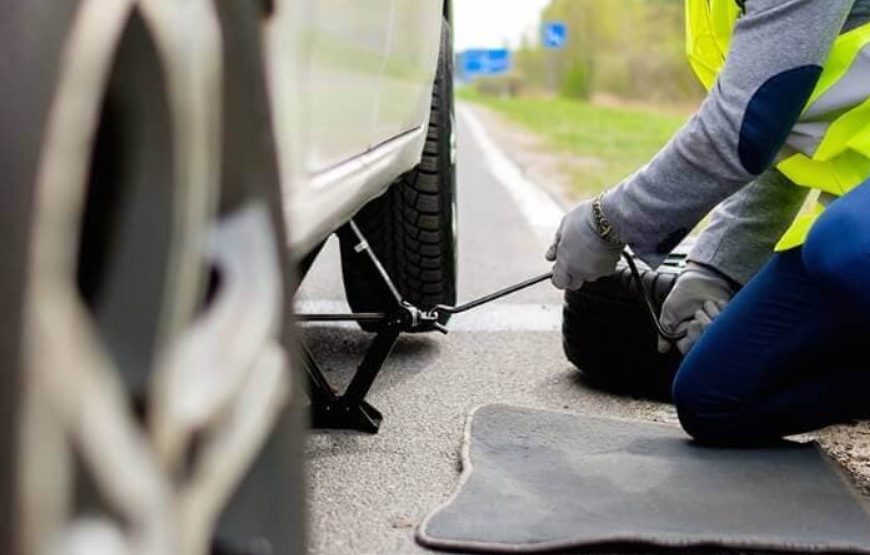- February 13, 2023
- By Nataly Hincapie
- In Roadside Assistance
- 2122
- 0

Roadside assistance is a service that provides help to drivers who experience vehicle breakdowns, malfunctions, or other issues while driving.
Roadside assistance is typically offered by car manufacturers, auto insurance companies, and independent service providers. The coverage and services offered vary, so it’s important to understand what is included in your policy.
Common services provided by roadside assistance programs include jump-starting a car with a dead battery, changing a flat tire, delivering fuel when you run out, towing your vehicle, and unlocking your car if you lock yourself out.
To be eligible for roadside assistance, you must typically have a valid driver’s license and be driving a roadworthy vehicle. Some programs have additional requirements, such as a minimum age or restrictions based on the type of vehicle.
The cost of roadside assistance can vary, with some programs offered for free as part of a car purchase or insurance policy, and others available for purchase as an add-on service and discounts.
To use roadside assistance, you typically need to call a toll-free number provided by the service provider and give them your location and the issue you are experiencing. They will then dispatch a service vehicle to come and assist you.
There may be limitations to the services offered by your roadside assistance program, such as restrictions on the number of times you can use the service in a year, a limit on the distance you can be towed, or restrictions on the types of vehicles that are eligible for assistance.
It’s a good idea to review the terms and conditions of your roadside assistance program and keep the phone number and any relevant information in your car in case you need to use the service while on the road.
Also Read: VEHICLE RETURN PLAN: THINGS YOU NEED TO KNOW
Getting started with roadside assistance is simple and straightforward. Here are the steps you can follow:
Consider what type of services you might need and how often you use your car. This will help you determine which type of roadside assistance program is right for you.
Research different roadside assistance providers, including car manufacturers, insurance companies, and independent service providers. Compare the coverage and services offered, as well as the cost, to find the best option for you.
Select a roadside assistance provider that meets your needs and budget. Some providers offer the service as part of a car purchase or insurance policy, while others offer it as an add-on service for an additional fee.
If the provider you’ve selected requires a fee, purchase the service. You will typically receive a membership card or certificate that you should keep in your car for easy access.
Write down the toll-free number for the provider you’ve chosen and keep it in your car or in your phone contacts. It’s also a good idea to keep a copy of your membership certificate or card in your car in case you need to use the service while on the road.
Review the terms and conditions of your roadside assistance program, including the services offered, any limitations, and the process for activating the service.
By following these steps, you can get started with a roadside assistance program that will provide you with peace of mind and the help you need in case of a breakdown or emergency while on the road.































